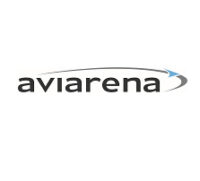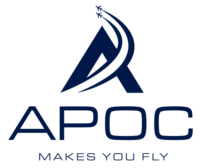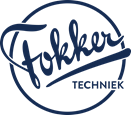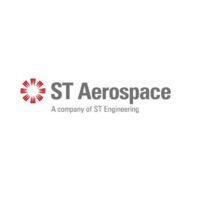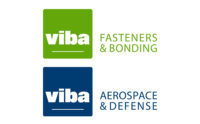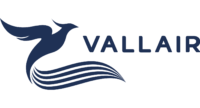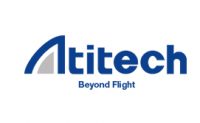Tooling & Test Equipment Equivalency
The equivalent commercial tool or equipment specifications must only satisfy the measurement or test requirements in the AMM procedures. This is how functional equivalency is established between the commercial tools and equipment in question and those recommended in the AMM procedures.
For determining equivalency, a comparison should be made between the technical specifications of the tooling or test equipment recommended by the manufacturer and those proposed by the maintenance organisation. The tooling or test equipment may look different, be made of different materials, be a different color, etc.
Course information
Course Description:
Using the ARINC 668 standard as the base reference, this course will explain the Equivalency of Tool & Test Equipment End to End process that ensures compliance with the FAA and EASA requirements. Besides details on the process, actual examples and tips and tricks on Equivalency of Tooling & Test Equipment will be discussed with the students.
Course Objectives:
- The Student will learn the importance of Tool & Test Equipment Equivalency Process.
- The reason why it’s important to have the right tool & test Equipment…lessons learnt from past Aircraft crashes, resulting from the use of incorrect TTE.
- How to establish the Equivalency of tool & test Equipment that would be acceptable to the Regulatory Authorities.
- Awareness of ARINC 668 Standards for TTE Equivalency.
At the end of the course the student will have a detailed knowledge on the guidelines for the establishing TTE Equivalency
Learning objectives:
To Highlight the Awareness of TTE Equivalency Process, Avoid unnecessary Time Consuming Audit Finding resulting in expensive corrective follow up actions.
Regulatory requirement compliance:
This course complies with TTE requirements detailed in:
EASA Part 145.A.40 Equipment Tools and Material
FAA CFR 14 Part 43.13(a) Performance rules (general) and Part 145.109 (c) Equipment, materials, and data requirements.
Prerequisites:
- Must have a technical background in the Aviation / Aerospace Sector.
- Following disciplines will find it easier to understand the Process
- Mechanical Engineering Background Airframe / Engines & Propellers.
- Electrical Engineering
- Avionics background
Course Topics
- Legal Requirements
- Roles & Responsibility ARINC 668
- Tooling & Test Equipment Categories (TTE)
- TTE Process Logic and
- TTE Process Flow details
- TTE identification
- Equivalent TTE design, manufacture and Equivalency determination & substantiation Programme
Course Duration:
1 Day (09:00 – 17:00)
Materials used
Required Materials:
ARINC 668 standard – Needs to be purchased, before the course starts.
Supplemental Materials:
N.A.
Hardware and Software requirements
Hardware requirements:
A reliable computer with internet connection is necessary to complete the online elements of the training.
Software requirements:
Software deemed necessary perform the online examination
Browser information:
A reliable computer with internet connection are necessary to complete the online training.
Instructor information
Instructor credentials:
Mr. Danny Goergen
Mr. Danny Goergen has over 10 years of experience in the aviation industry. After several years working as an aircraft mechanic, he graduated as Bachelor in Aviation Engineering and started as a process engineer in an EASA Part 145 approved component repair shop.
Within this organisation he had two EASA Form 4 positions as Technical Manager and Quality Assurance Manager. In this last position he developed himself as an internal trainer, providing training in EASA/FAA/CAAC Part 145 regulations, Human Factors and Company Processes an Procedures.
In his position as process engineer and Technical Manager, Mr Danny Goergen was directly involved in several Tooling and Test Equipment Equivalency determination & substantiation Programmes with OEM’s like Eurocopter, Airbus and Boeing.
Contact information:
Contact to be established through Mr. Danny Goergen of HACE via danny.goergen@hace.aero
Assessment and grading
Testing procedure:
Students will perform an (online) examination with Multiple-choice questions. A laptop or tabled is with WiFi internet connection is needed to complete this examination.
Grading procedure:
This examination needs to be passed with a minimum passrate of 75% in order to receive a certificate of course completion.
Assignments and Participation
Assignments and Projects:
Optional: Collect data of Equivallent tooling and Test Equipment of your own company
Class Participation:
- Students must communicate with other Students in the chatroom.
- Students are expected to communicate with instructor as a learning resource.
- Students are actively participating in discussions.
Course ground rules
Participation is required, expected to communicate with other students in team projects, learn how to navigate in the learning environment system, keep abreast of course announcements, use the student e-mail address opposed to a personal e-mail address. Address technical problems immediately and observe course netiquette at all times.


